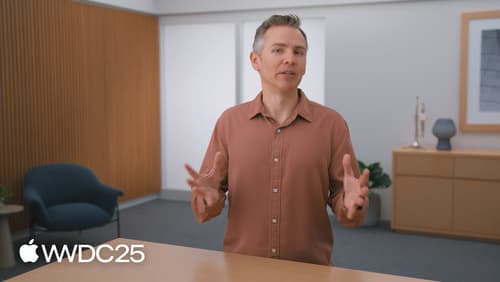What is DDM?
Asked on 2025-06-11
1 search
DDM stands for Declarative Device Management. It is a framework introduced by Apple to enhance device management across its platforms. DDM allows for more flexible and efficient management of devices by using a declarative approach, which means that the desired state of the device is declared, and the system automatically ensures that the device reaches and maintains that state.
In the context of Apple device management, DDM has been integrated into various platforms, including iOS, iPadOS, macOS, VisionOS, and Apple TV. It includes features such as controlling update deferrals, setting update cadence, and defining deadlines for updates. DDM also supports the deployment of apps and packages as required or optional, and it provides a status channel to update the server with the installation status.
For more details, you can refer to the session titled "What’s new in Apple device management and identity" from WWDC 2025.

What’s new in Apple device management and identity
Designed for IT administrators, MDM developers, and identity providers, this session covers the latest updates to Declarative Device Management, Apple Business Manager, Apple School Manager, Platform Single Sign-On, and more. Learn how these advancements streamline deployment, strengthen security, and improve the user experience.

Discover Apple-Hosted Background Assets
Building on Background Assets, this session will introduce the new capability to download asset packs of content for games and other applications. Learn how Apple can host these asset packs for you or how to manage self-hosting options. We’ll delve into the native API integration and the corresponding App Store implementations, providing you with the tools to enhance your app’s content delivery and user experience.

Deep dive into the Foundation Models framework
Level up with the Foundation Models framework. Learn how guided generation works under the hood, and use guides, regexes, and generation schemas to get custom structured responses. We’ll show you how to use tool calling to let the model autonomously access external information and perform actions, for a personalized experience. To get the most out of this video, we recommend first watching “Meet the Foundation Models framework”.
